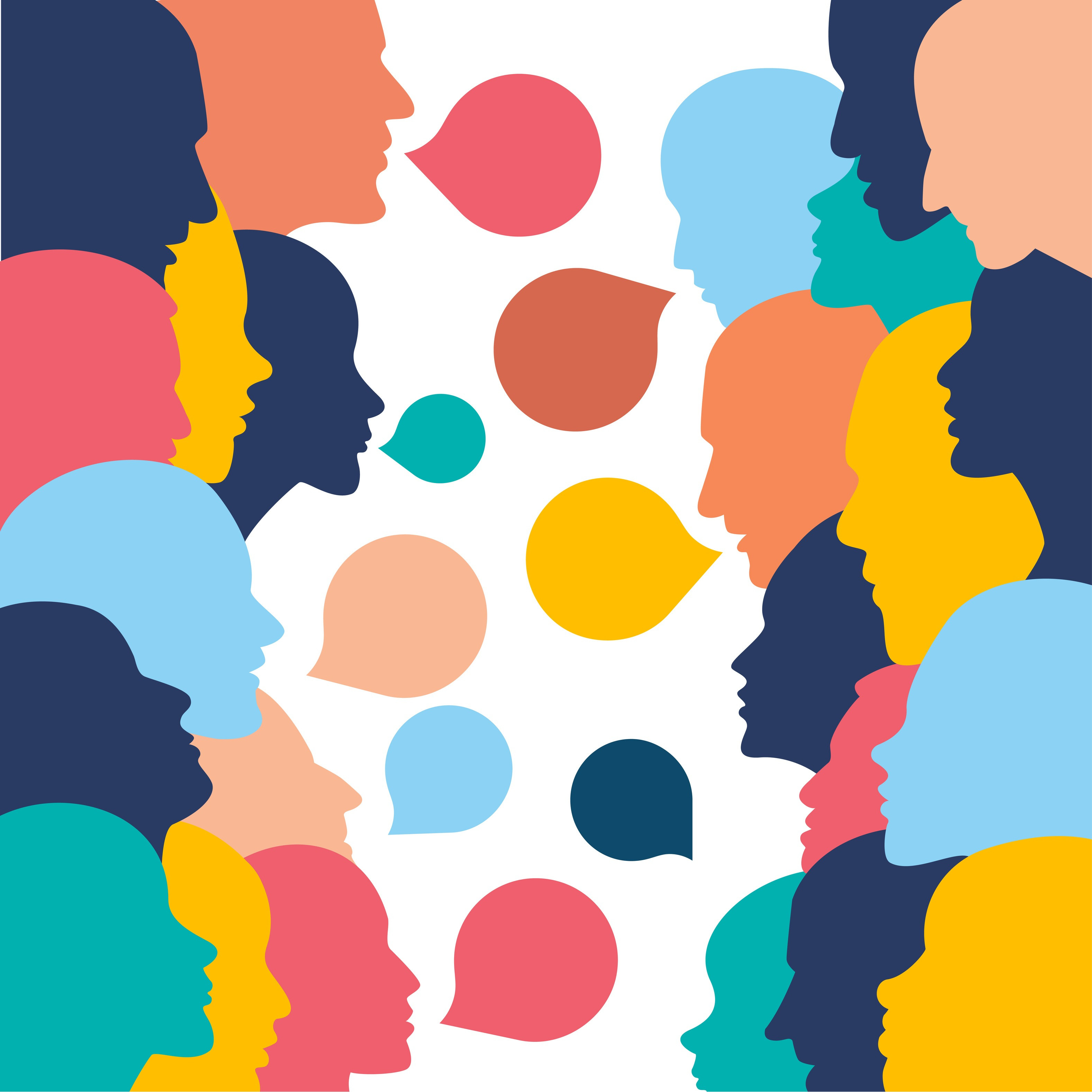This may seem tangential to transcription, but understanding oral history speakers is more than a matter of recording the words. We’ve got to try to understand all the nuances of their speech as well. This video from the CDC illustrates the challenges we face in listening to people—often speaking about incidents that happened long ago—in a time we can’t even remember and have no direct experience with.
Centers for Disease Control and Prevention
CDC 24/7: Saving Lives, Protecting People™
Do You Have the Words?
Know your audience is one of the basic principles of communication. Learn your audience’s values, beliefs, and preferred words before developing your material. This is especially important when communicating with an audience whose language is different from yours. Some cultures and languages may not have words for the terms you want to use.
A (now retired) CDC public health educator and her team faced this challenge when they wanted to create messaging about colorectal cancer prevention for Iñupiaq tribal communities in Alaska. American Indian and Alaska Native people have much higher rates of colorectal cancer than non-Hispanic White people, but until recently, the Iñupiaq language lacked words for cancer, screening, and other relevant terms. Watch this video to find out what the educator and her team did to overcome this challenge to clear communication.
Also, check out the Clear Communication Index, a research-based tool that helps you develop and assess communication materials for your intended audience.

